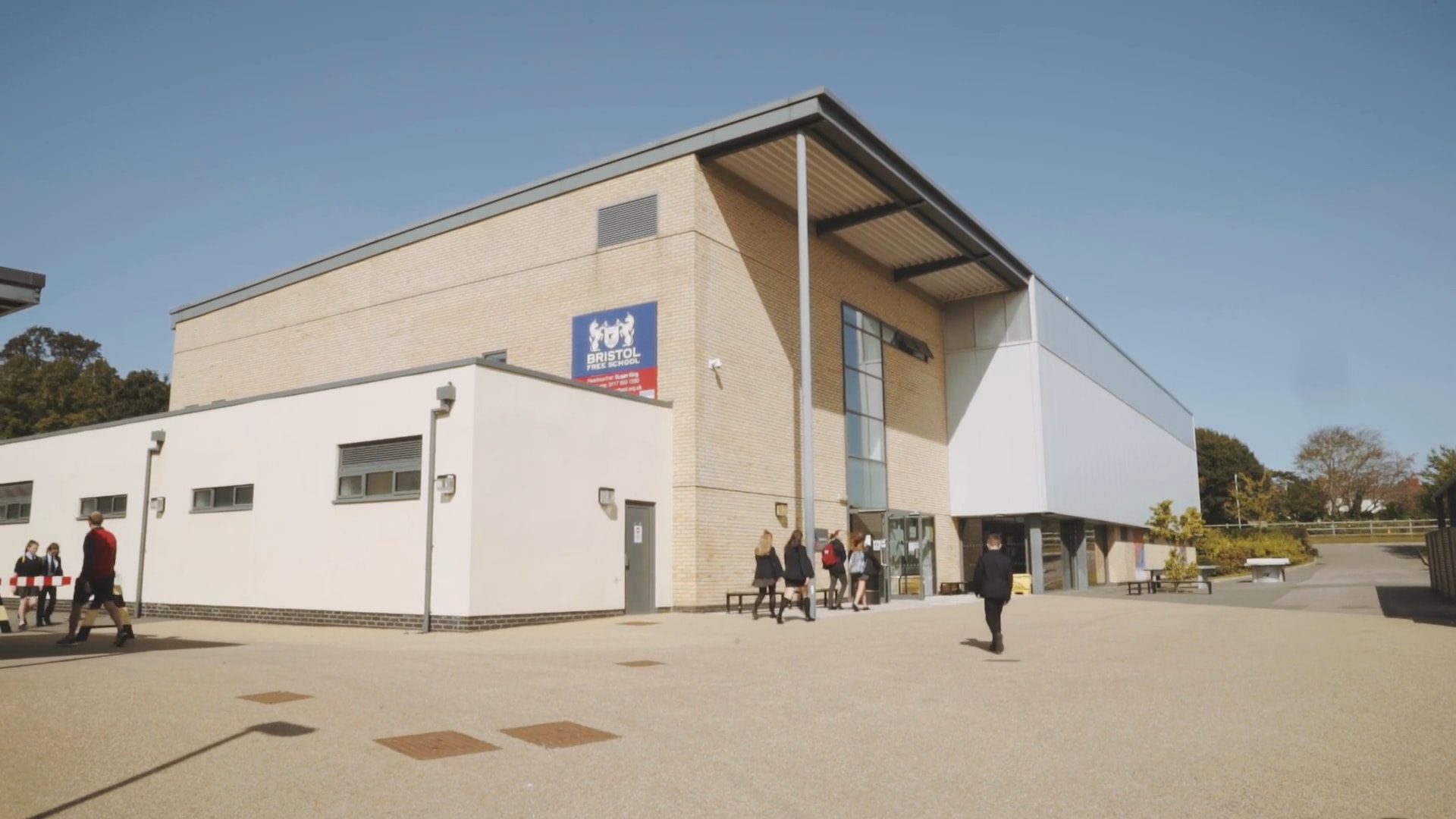
Surds and rationalising the denominator.
Pythagoras' Theorem in 2D and 3D.
Trigonometric ratios: SOHCAHTOA.
Exact trig values of sin, cos and tan of 30, 45 and 60 degrees.
The Sine and Cosine rules.
Area of a triangle = 1/2ab SinC.
Using Pythagoras' Theorem and trigonometry to solve 2D and 3D problems.
Vectors and vector proofs.
Circle theorems.
Test on: Circle theorems, constructions & loci, Working in 3D. Pythagoras' Theorem, trigonometry and vectors
All mathematics has a rich history and a cultural context in which it was first discovered or used. The opportunity to consider the lives of specific mathematicians is promoted when studying Pythagoras’ Theorem. When solving mathematical problems students will develop their creative skills. Students are encouraged to question “why”; they compose proofs and arguments and make assumptions. Students learn geometrical reasoning through knowledge and application of angle rules.
Students own social development is widened through paired work where students discuss mathematical concepts and solve unfamiliar problems.. .
The gradient of a straight line.
The equation of a straight line, y = mx + c.
Parallel and perpendicular lines.
Plotting quadratic functions, including roots and turning points.
Completing the square.
Solving quadratic inequalities and representing inequalities as regions.
Solving simultaneous equations.
Distance-time graphs.
Velocity-time graphs.
Reciprocals.
Rules of indices.
Fractional and negative indices.
Exact calculations.
Standard form.
GCSE Mock 1 Exam on all topics
weeks beginning tbc.
Paper 1(non-calculator)
Paper 2(Calculator)
Paper 3(Calculator)
Mathematics provides opportunities for students to develop a sense of “awe and wonder”. Standard form promotes “awe and wonder” by providing a way for students to write extremely large and extremely small numbers.
Students own social development is widened through paired work where students discuss mathematical concepts and solve unfamiliar problems.. .
Cubic and reciprocal functions.
Exponential and trigonometric functions.
Distance-time graphs.
Distance-velocity graphs.
Gradients and area under a curve (Trapezium rule).
Equation of a circle centre the origin.
Transformations and reflections of a given function.
Venn diagrams and set notation.
Possibility space diagrams.
Probability tree diagrams and conditional probability.
The topic of probability provides opportunities for students to consider whether situations are fair or biased and discuss gambling, betting, lotteries, raffles and games of chance. A knowledge of probability will benefit students’ functioning in society as they will understand bias and the chance of an event happening.
Students own social development is widened through paired work where students discuss mathematical concepts and solve unfamiliar problems.. .
Gradients and the area under a curve.
Interpreting the gradient and area under a curve.
Iteration
Arithmetic and geometric sequences.
Quadratic sequences.
Special sequences.
Approximate solutions and iterative methods.
Compound units (speed, density and pressure).
Converting between units.
Direct and inverse proportion.
Rates of change.
Growth and decay problems.
Compound interest.
GCSE Mock 2 Exam on all topics
week beginning
tbc.
Paper 1(Non-calculator)
Paper 2(Calculator)
Paper 3(Calculator)
All mathematics has a rich history and a cultural context in which it was first discovered or used. The opportunity to consider the lives of specific mathematicians is promoted when studying Fibonacci sequences. Numerical fluency and an understanding of proportion will benefit students’ functioning in society. For example to be able to convert between units, or state which is the better value for money? . Students enjoy exploring patterns and sequences, making predictions and generalisations. Mathematics provides opportunities for students to develop a sense of “awe and wonder”. Mathematical investigations produce beautiful elegance in their surprising symmetries, patterns or results.
Students own social development is widened through paired work where students discuss mathematical concepts and solve unfamiliar problems.. .
GCSE Revision & preparation.
GCSE
Paper 1
(Non-Calculator paper)
Students own social development is widened through paired work where students discuss mathematical concepts and solve unfamiliar problems.. .
GCSE Revision & Preparation.
GCSE
Paper 2
(Calculator paper)
Paper 3
(Calculator paper)
Students own social development is widened through paired work where students discuss mathematical concepts and solve unfamiliar problems.. .